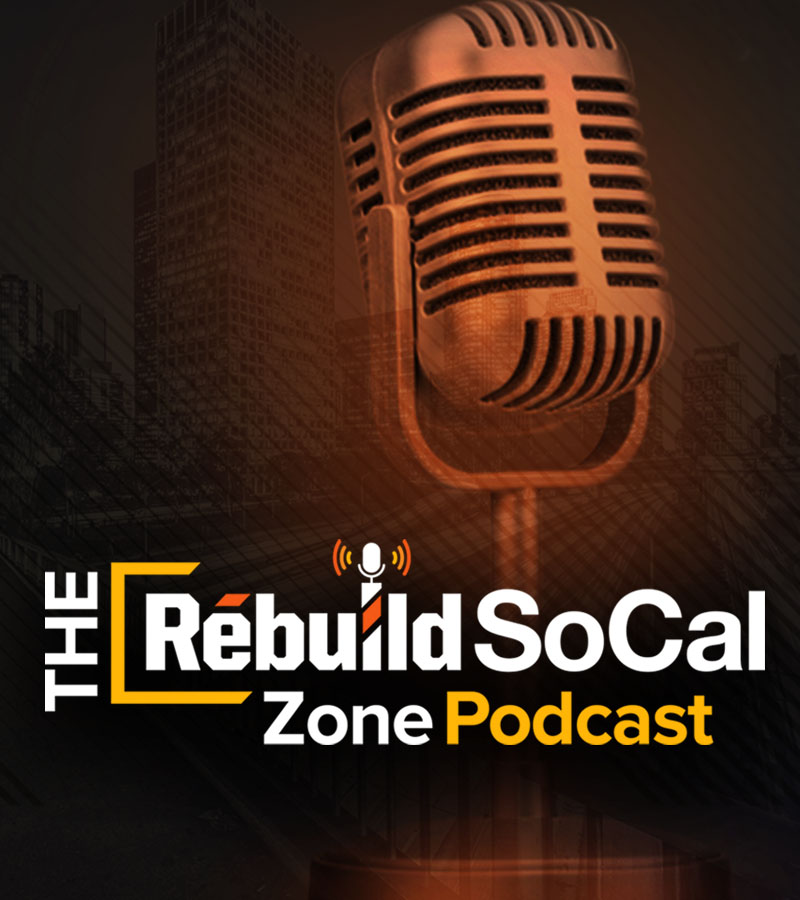After the most recent round of heavy storms, California’s snowpack – which in April of last year was only totaling 38% of average – is averaging at 251% (as of Jan. 17). This is hopeful news, as historically, atmospheric river storms have eased drought conditions. However, that is not always the case.
To bolster the state’s water supply, California must be able to capture the runoff that accompanies heavy storms. Yet our current systems are not equipped to fill our reservoirs and replenish groundwater storage. California’s Department of Water Resources (DWR) reported as recently as January 11 that statewide, reservoir storage is currently only 82% of the average for this time of year. Stormwater mainly flowed back into the ocean, as overly-saturated soil resulted in water runoff rather than capture.
Functionally, recent storms are a clear indicator that our state must adapt to the changing environment around us. And state agencies are reiterating the same point. DWR warned Monday that efforts to capture stormwater remain hindered by outdated systems in the Delta. Kris Tjernell, Deputy Director of the Division of Integrated Watershed Management, stated, “we are no longer managing for just drought conditions or flood conditions. The current situation across the state demands we manage for both simultaneously.”
Researchers agree. Jay Lund, co-director of the Center for Watershed Sciences at the University of California, Davis, noted in a recent New York Times piece that managing simultaneous flooding and drought is “basically a byproduct of the high variability of California’s climate.” He continued, stating that the state’s strategy of capturing water during wet periods and reserving it for dry periods gets “more difficult to implement because of the extremes becoming greater” in a warming climate.
California cannot afford to slow-walk projects that will enhance our water resilience and capture capabilities. Our communities rely on the water for their homes and businesses and the safety of functional water management systems to protect against devastating natural disasters.
Interested in more? Check out the following articles:
- San Diego Union-Tribune – All the rain and snow in California may result in a big year for hydro — and that’s good news for the grid
- San Francisco Chronicle – California reservoir levels: Charts show water supply across the state
- New York Times – A Break in California’s Storms Is in Sight. Here Are Regions to Watch
- Los Angeles Times – Photos: Southern California reeling from days of destructive storms
- The Sacramento Bee – How much rain fell in Sacramento in the latest storms? Here’s a look at the totals
Rebuild SoCal Partnership provides information about other construction projects affecting Southern California communities. Keep up-to-date on essential infrastructure issues by signing up for the Rebuild SoCal Partnership newsletter. Follow us on Facebook, Twitter, and Instagram, and listen to The Rebuild SoCal Zone podcast.

